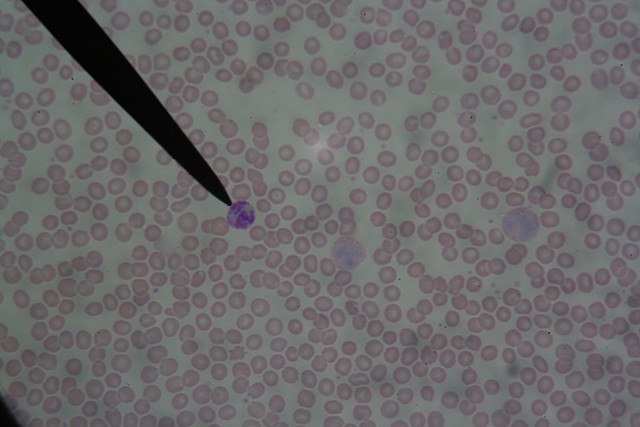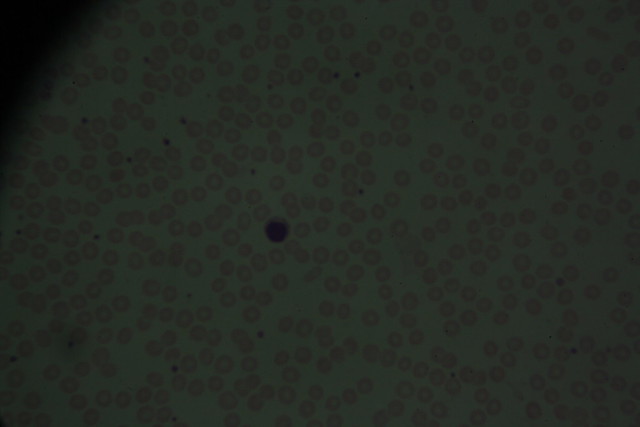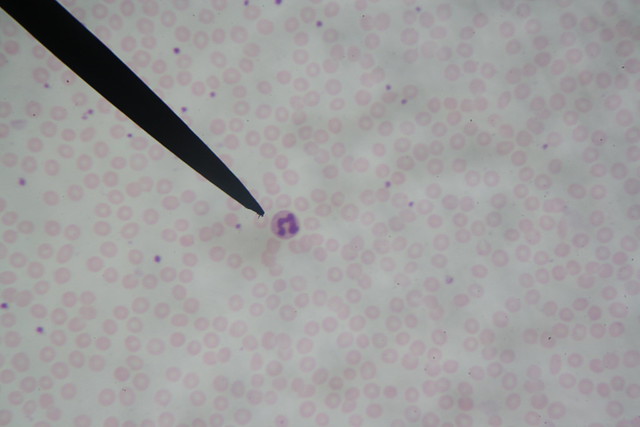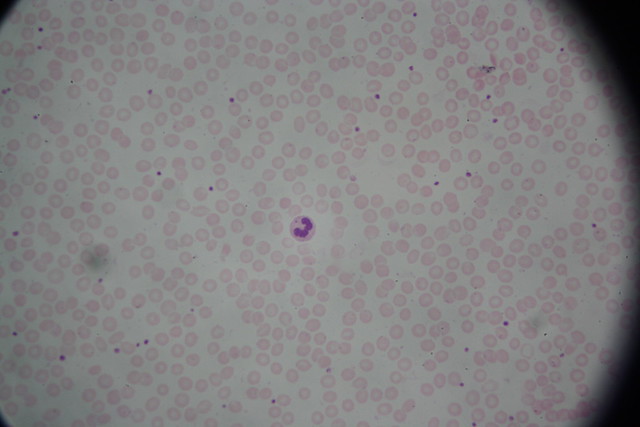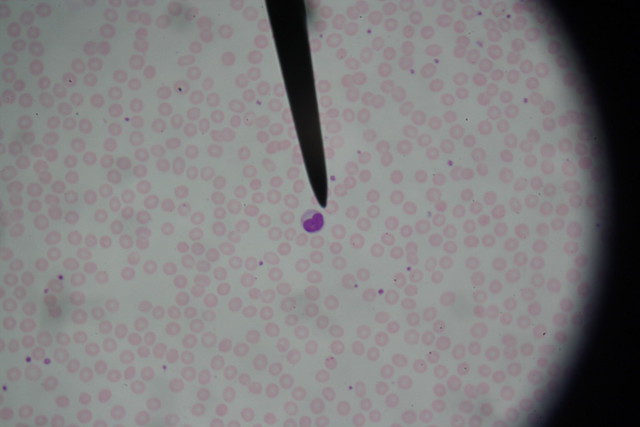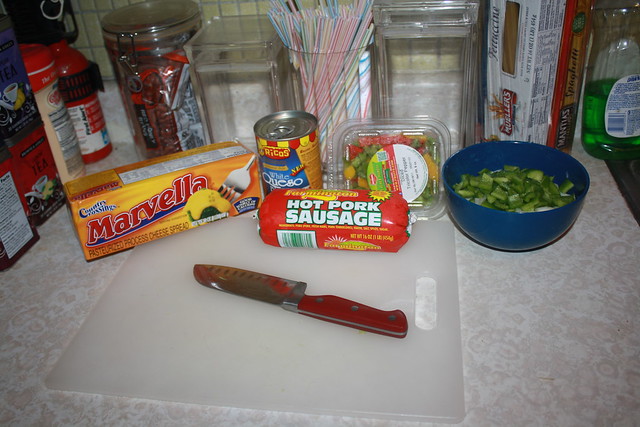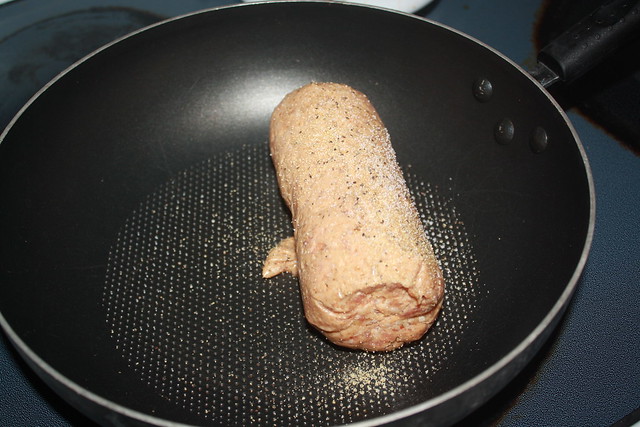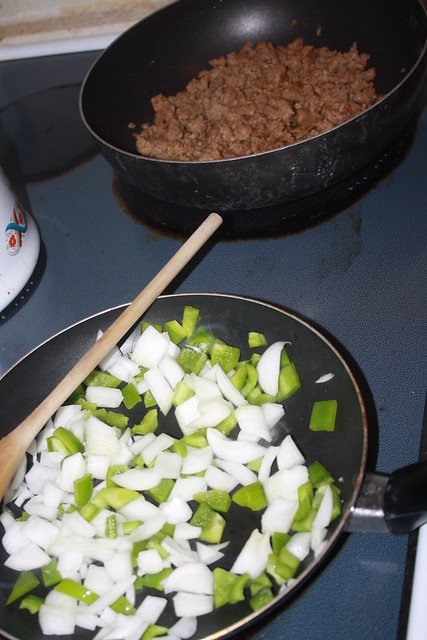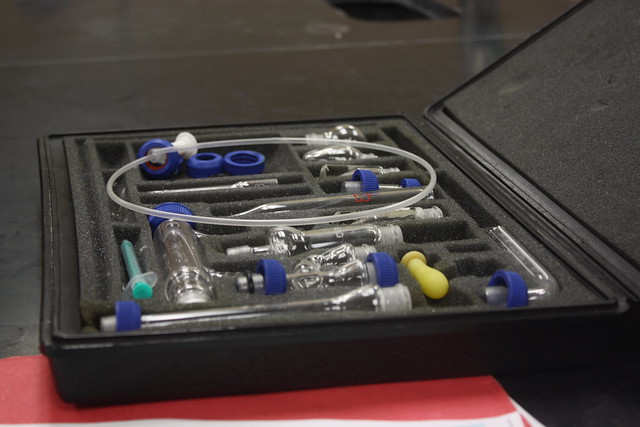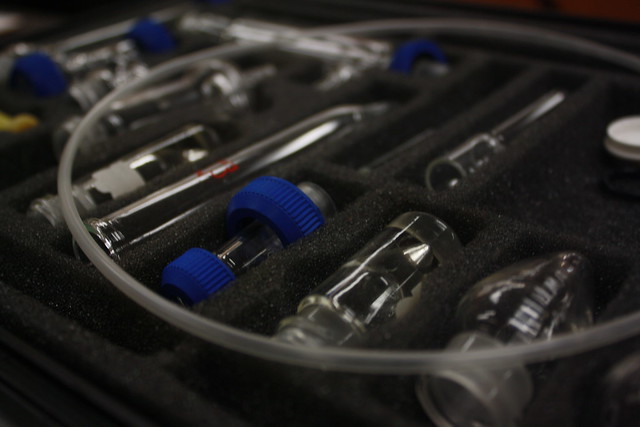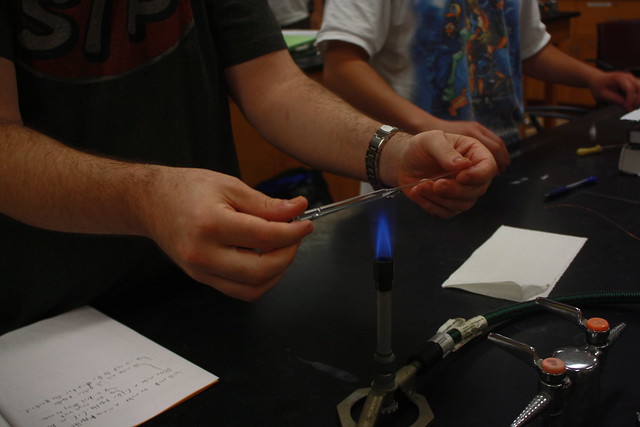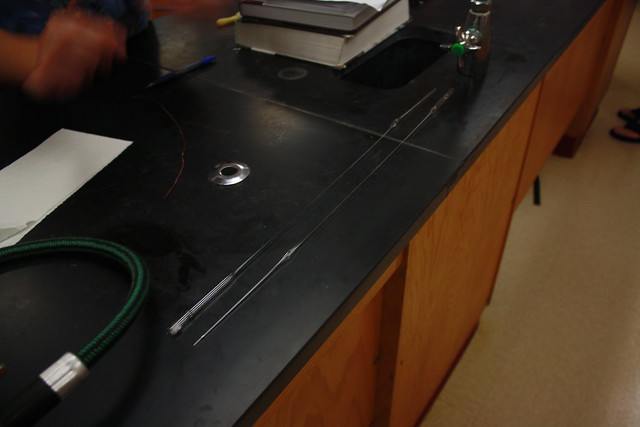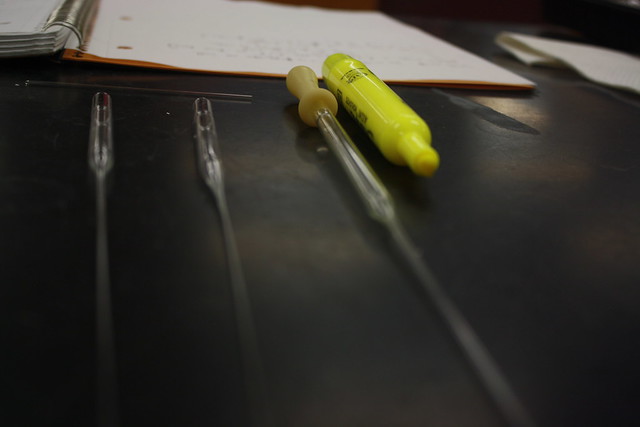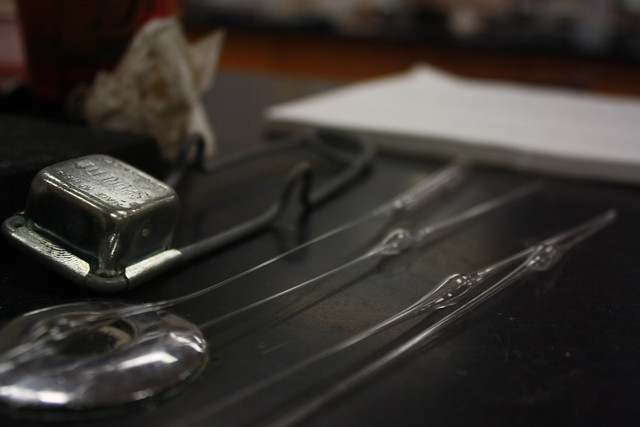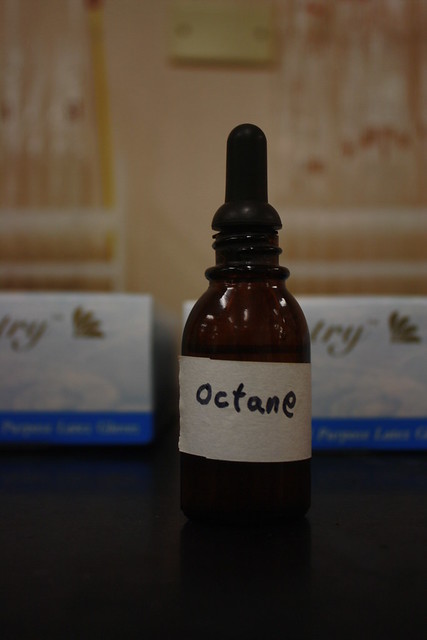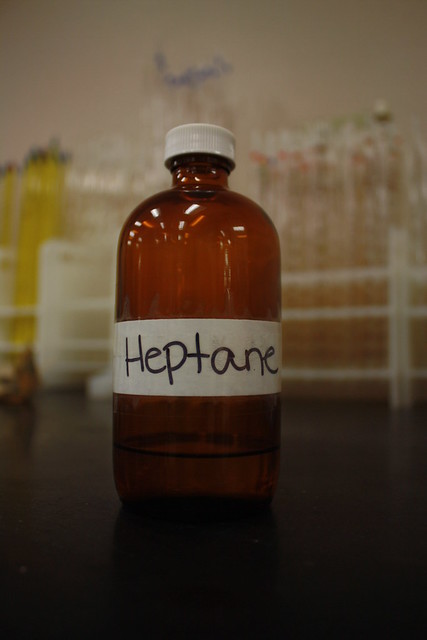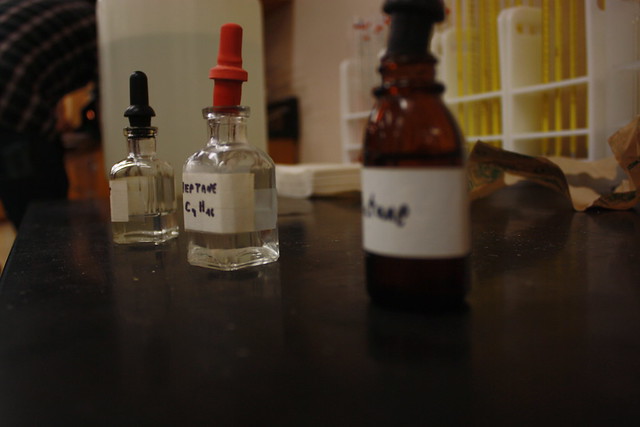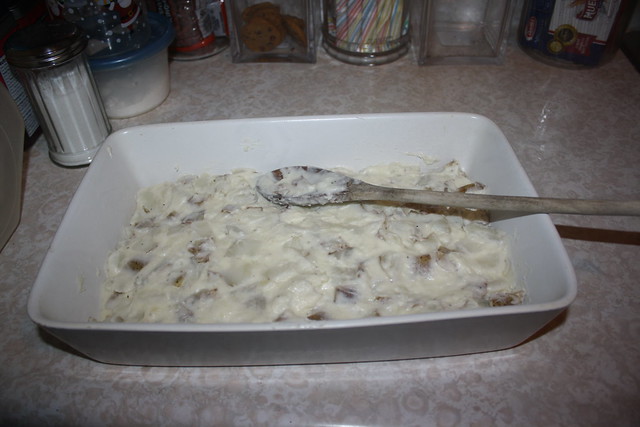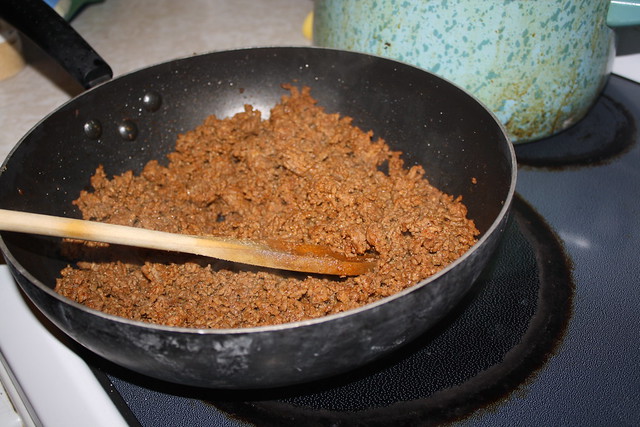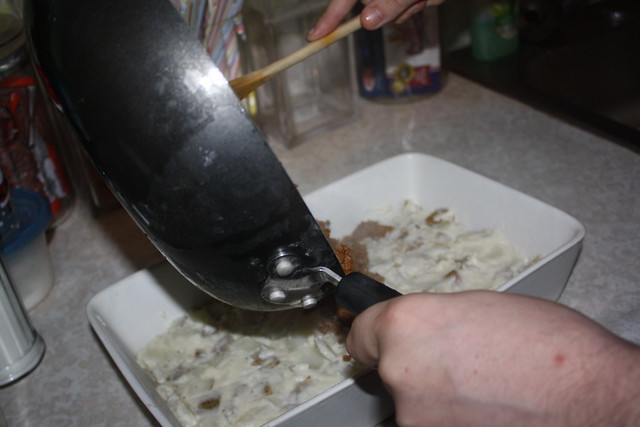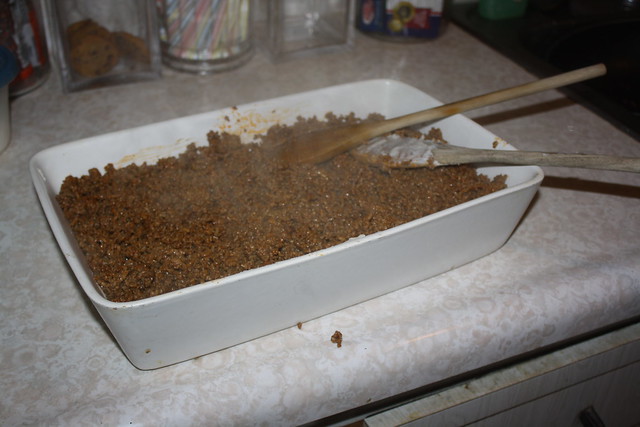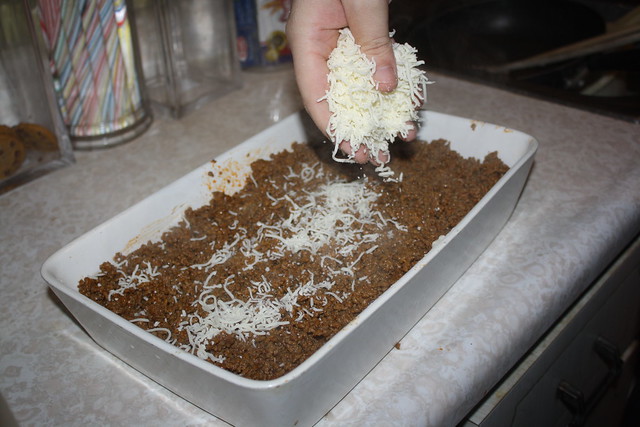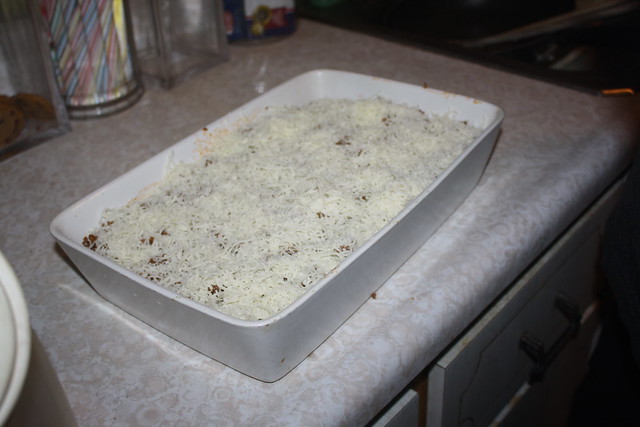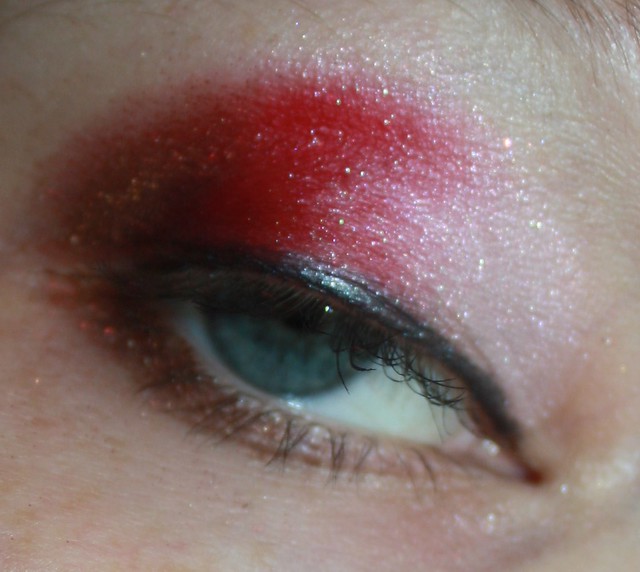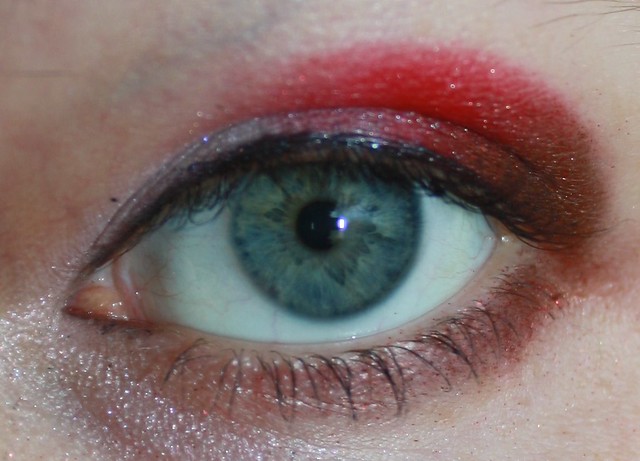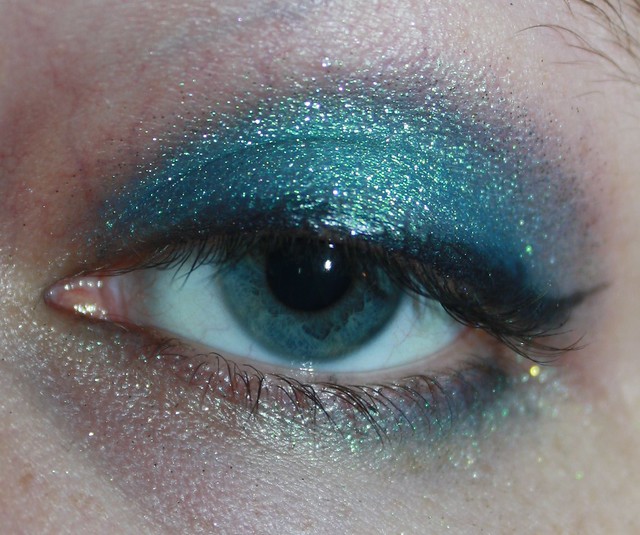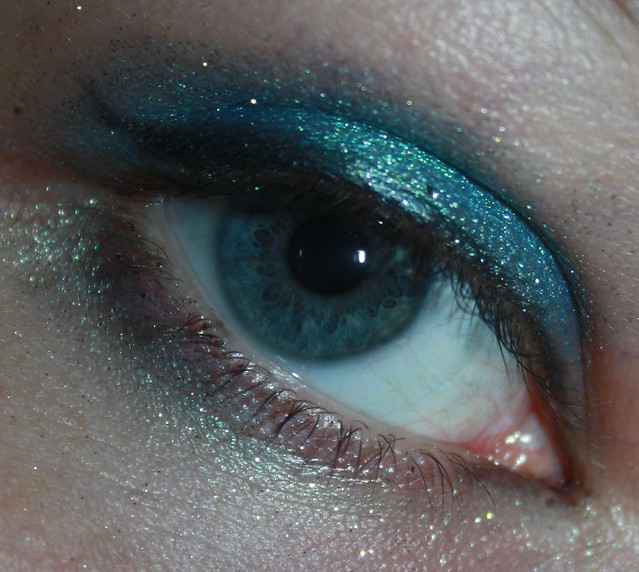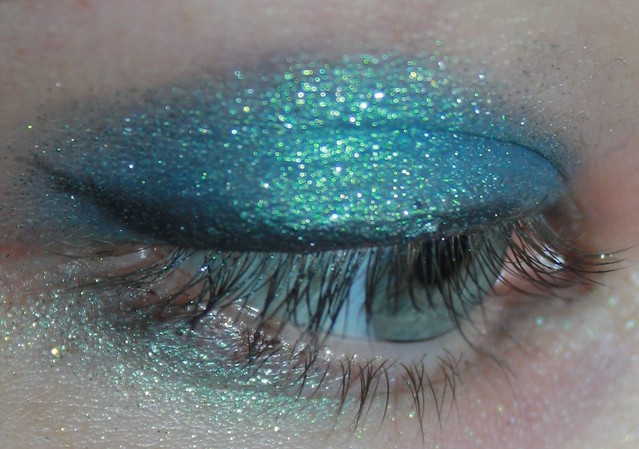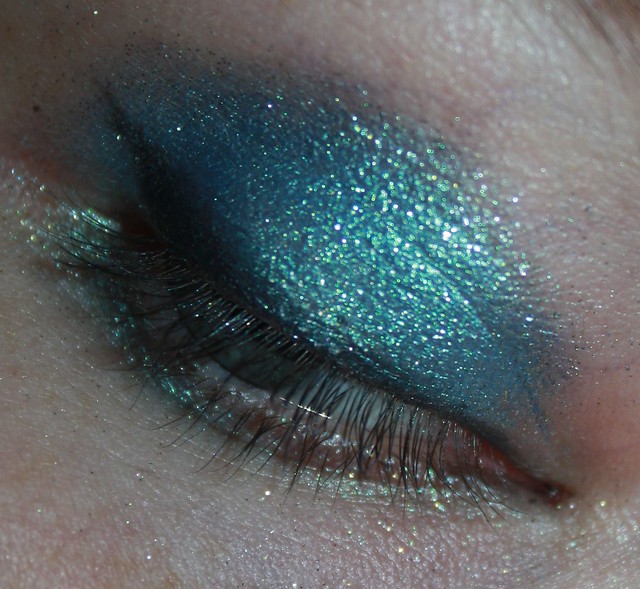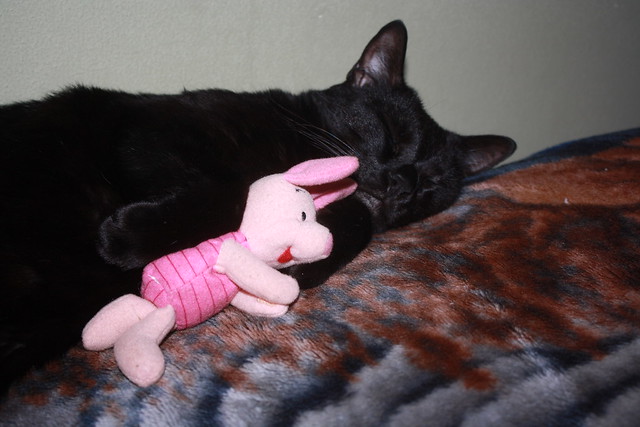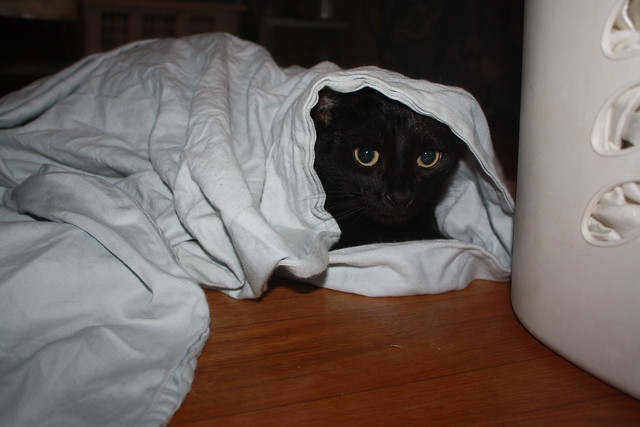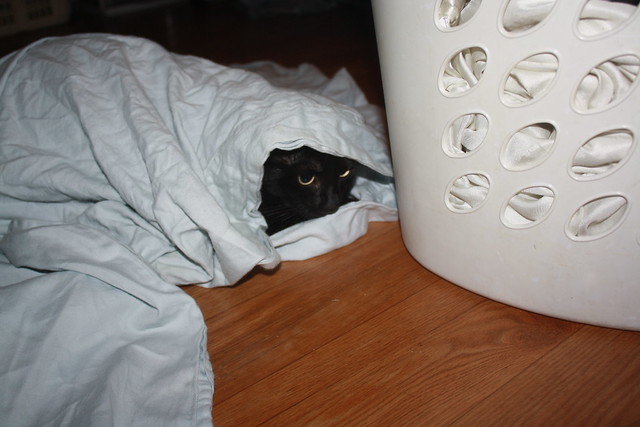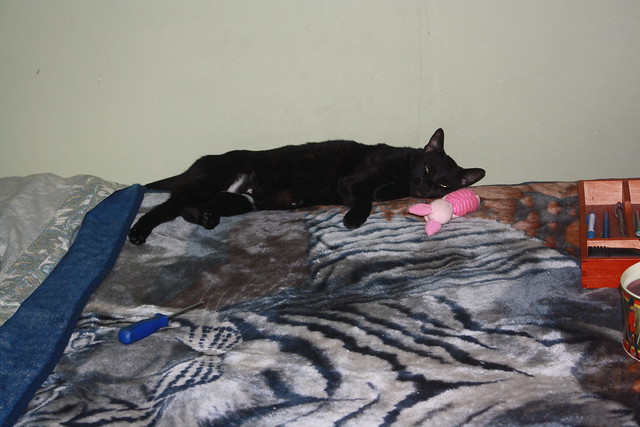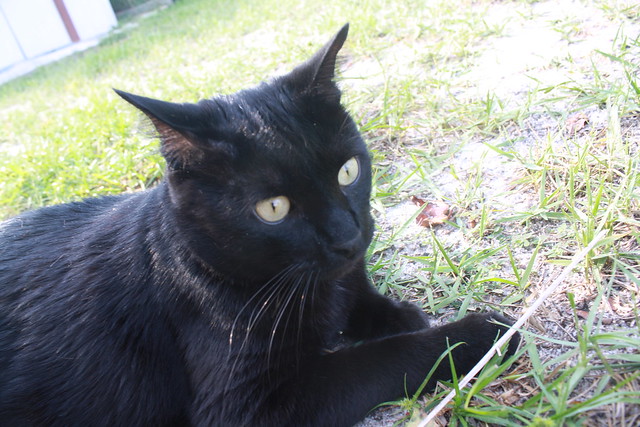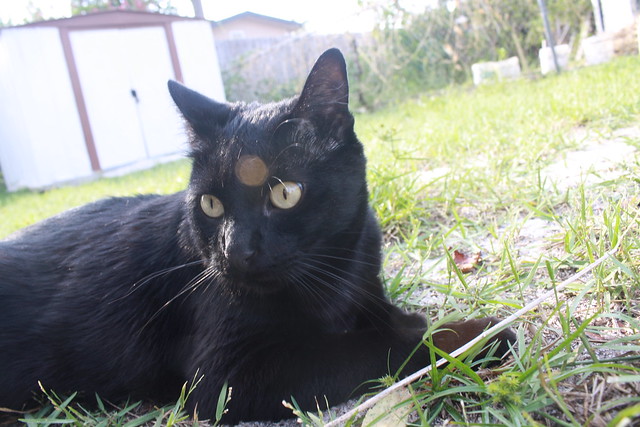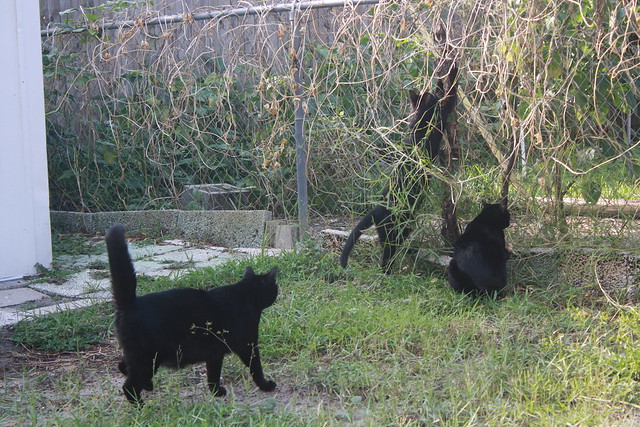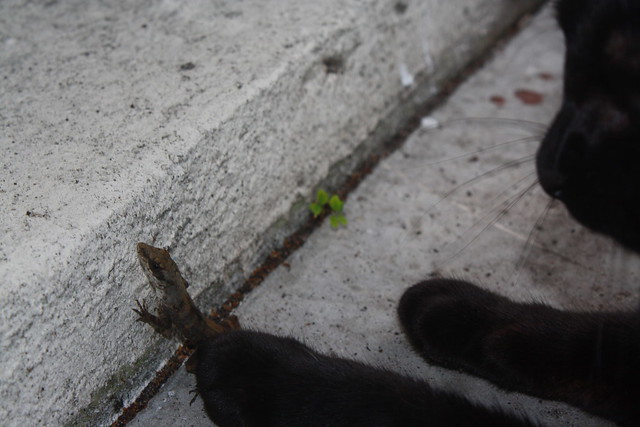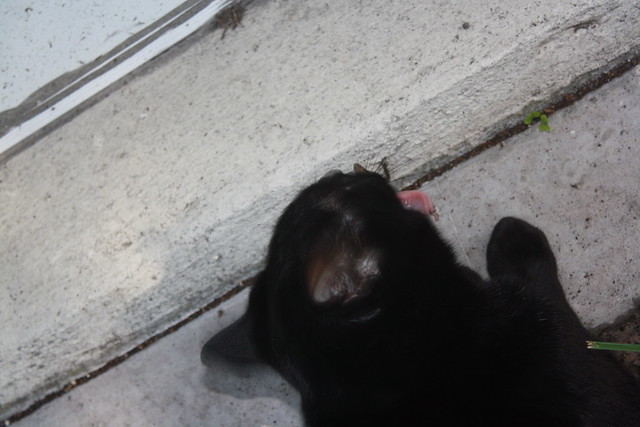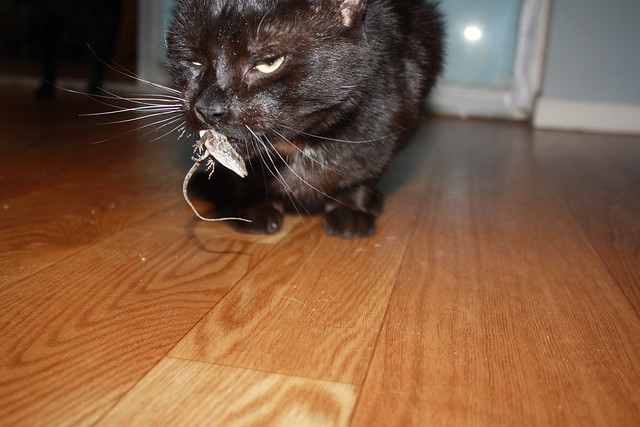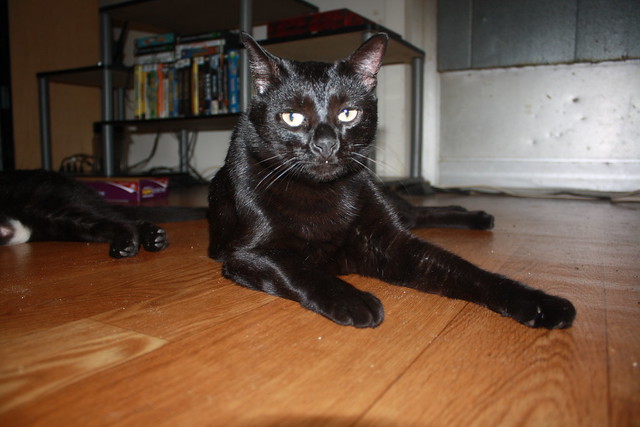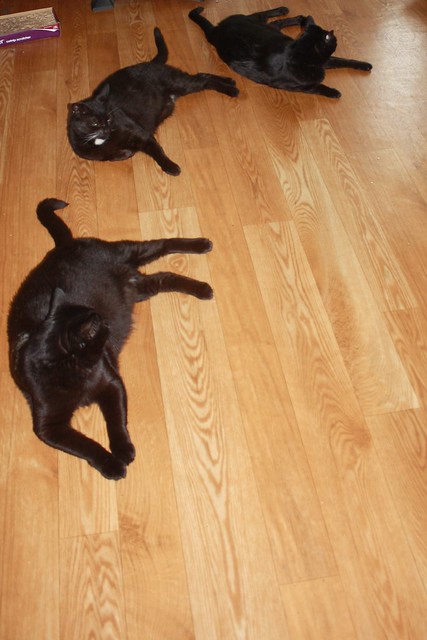///I wrote this several weeks ago and thought I had posted it!! Oh well, here it is a little late :)
It's the beginning of the semester, so it's time for our normal nerdy posts, as seen by my chemistry post yesterday. Today I shall be more informative in my post about the blood! Blood is fascinating, did you know it is considered a connective tissue? It also has many, many, small components to it, small interesting components that are vital to our survival.
So our blood is broken down into two major components, blood cells and plasma. Most of us know we have two different types of blood cells, white blood cells (WBC) and red blood cells (RBC). The more scientific names are leukocytes and erythrocytes, respectively. We only have one type of RBC, but they are very complex cells, and they have no nucleus. They consist of several hundred million hemoglobin molecules per blood cell.
Each hemoglobin has two alpha globins and two beta globins, in the middle of this mesh of globins is a heme group that has an iron on it, hence hemoglobin. :) RBCs make up about 45% of the components in the blood, plasma makes up about 55% and WBCs and platelet cells make up the remaining 1%.
Now, WBCs only make up a minute part of our blood, but there are actually several different types of these cells. They are broken down into granulated and agranulated cells.
The granulated cells are the "phils", Neutrophil, Basophil, and Eosinophils. If you hadn't guessed by their sub-type name, these cells have granules. Neutrophils stain a light violet, Eosinophils granules stain a bright red/pink, and Basophils granules stain a dark purple, and they obscure the nucleus. Their functions are as follows;
- Neutrophils- Think of these cells as the first responders. They fight bacteria at the sites of acute infection. Meaning something that has just become infected, a scratch or a rash.
- Eosinophils- These guys attack parasitic worms, they surround the worms and poke holes into it's body until it dies. They also produce anti-histamines.
- Basophils- These cells are responsible for runny noses, itchy skin and all the symptoms produced by their histamine release. Histamine triggers the inflammatory response.
The agranulated cells, well, they have no granules. :) There are only two of these cells, and they are the "cytes". Both Lymphocytes and Monocytes stain purple. The Lymphocytes' nucleus obscures the cytoplasm and is usually large and round. The Monocyte has a U or horseshoe shaped nucleus with a wirey appearance, like a very thick bundle of string. Their functions are as follows;
- Lymphocytes-These cells have two sub-types of their own, B cells and T cells. B cells make antibodies, and T cells attack virally infected cells and tumor cells.
- Monocytes- These cells are the big guns when it comes to infection. They fight bacterial infection at the site of chronic infections. They can leave the blood stream, a process called diapedesis, they become macrophages.
The last type of cell we'll talk about in our blood, is our platelet cells. Now technically, these cells are not really cells, they are cell fragments. Megakaryocyte fragments to be exact. These cells help form blood clots.
